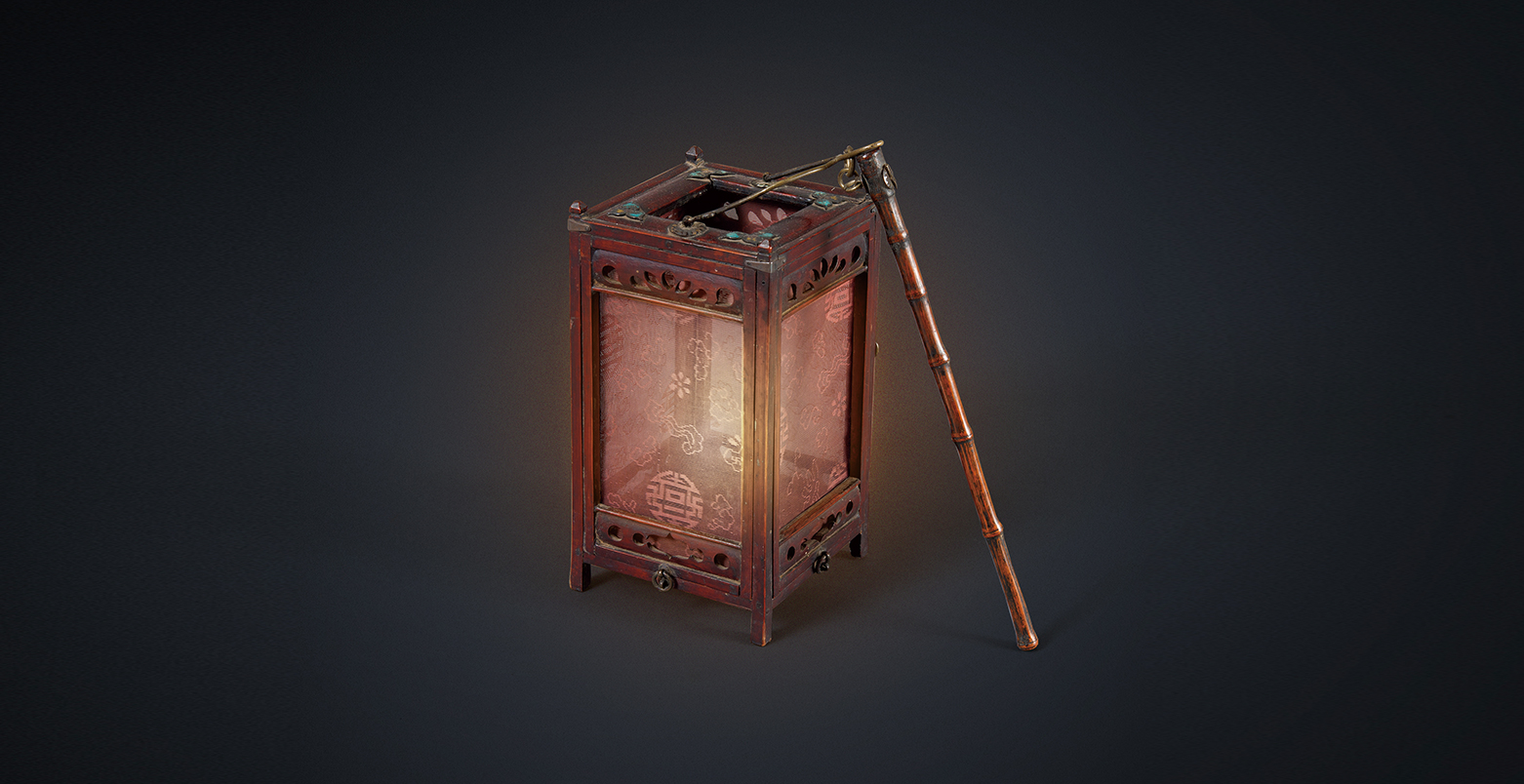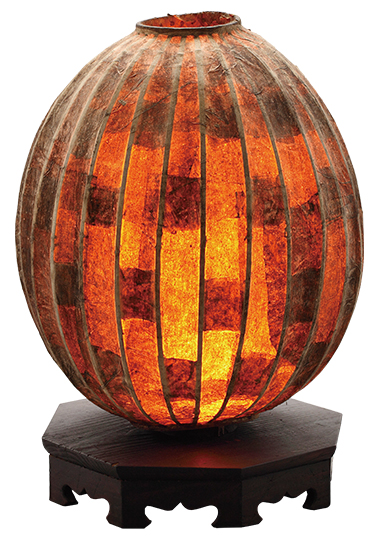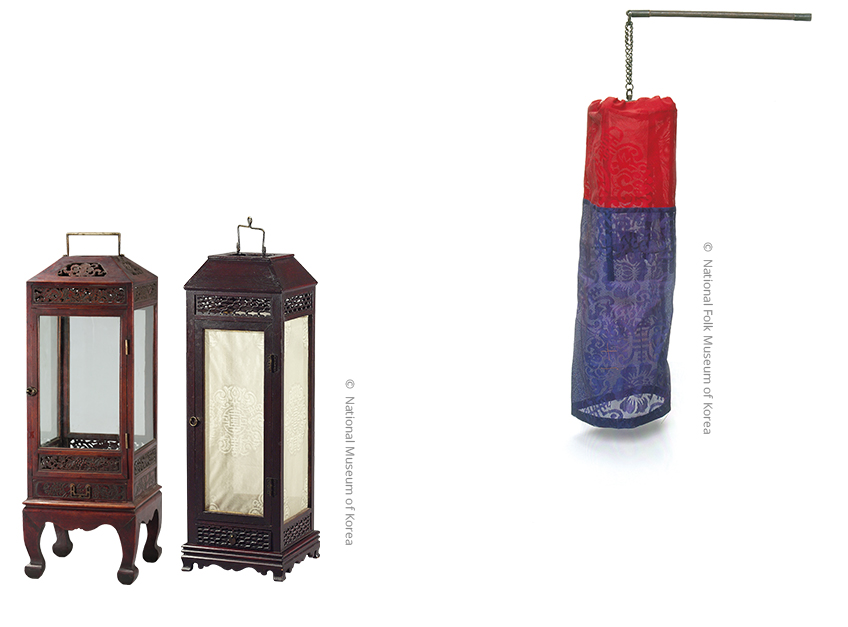
Contents










Crafts · Written by Lee Eun-yi, designer & writer
Chorong
Light of Harmony
Night today can be as bright as day thanks to electric lamps illuminating homes and signs and lamps
lighting up streets. Before the invention of electricity, however, Koreans dealt with darkness in a variety
of ways, with many carrying lamps when going out at night. Chorong is a traditional Korean portable
lantern whose plain illumination lit up the road ahead using a frame covered with woven cloth and a
candle within the frame.

© Busan Museum
During prehistoric times, brightening the dark by igniting fires on non-flammable objects like coconuts, shells and hollowed rocks filled with animal and vegetable oil served as the prototype for modern lighting. The shapes of lanterns grew diversified along with the expansion of fuel sources such as paraffin, wax and oil. In Korea, lanterns were broadly divided into portable, floor (or top-light) and hanging types according to how they were utilized. Portable lanterns designed to be carried or suspended in place were especially revered and used for rituals and ceremonies.
The different variety of lanterns included jojokdeung, a type of flashlight used by patrolmen of the police bureau; jochok, signal lighting used during a parade; and Chorong, used in rituals. Chorong referred to a lantern that used candles with diverse designs and uses. Jichorong was made of paper and sachorong of silk; there were also cheongsachorong and hongsachorong depending on silk color. To make a Chorong, the building of a tetrahedral, hexahedral or octahedral frame with wood, bamboo, wire or brass was required followed by pasting oilpaper or covering in silk before fixing a sconce on the bottom. An opening on one side allows for the easy insertion or removal of a candle, and the handle is made from wood or bamboo roots.

This is a Chorong with a unique oval shape made in the Joseon period. © Andong Folk Museum
Light of Harmony
Jichorong, designed to be folded flat to be carried inside a robe, was used in emergencies and proved itself an equal to the portable folding lantern of modern times. Chorong, although intended as a portable lighting device, was also indispensable for rituals. In wedding ceremonies, cheongsachorong, holding the two principles of yin and yang through the use of red and blue silk, was used to pray for harmony between newlyweds. During an exorcism, a shaman danced holding a chorong to light the pathway to heaven, and the lantern was hanged on a bier to brighten the path ahead of the deceased. And the work song “Light Up, Cheongsachorong” soothed tired rice-planting workers with a love story.
Even as traditional lanterns gradually disappeared with the introduction in 1890 of electric lights in Seoul, the chorong is still used as part of a box of wedding gifts and in traditional wedding ceremonies or lantern festival and on the national holiday Buddha’s Birthday. Lanterns can also be sometimes seen in traditional games like gossaumnori (loop fighting). Chorong remains a symbolic icon even today as it did when used simply as a portable lantern.

Both Chorongs were used on the floor and made of wood in the Joseon period (left). Cheongsachorong made with metal as its frame after the country’s liberation (right)
Other Articles















